Sep 16, 2024
The UNAM campus in San Antonio, Texas, is celebrating its 80th anniversary. This institution has been an important link between the National Autonomous University of Mexico (UNAM) and the Mexican community in the United States, as well as with educational institutions and the society in general in the region.
Since its founding in 1944, it has had over one hundred thousand students, offering courses in English and Spanish, as well as cultural activities and special events. The campus has been known by different names over the years, reflecting its evolution and growth in the city of San Antonio.
To celebrate its 80th anniversary, UNAM-San Antonio has organized various activities, including the presentation of the book "Stories of UNAM-San Antonio: 80th anniversary", written by Miguel García Audelo and Paula de Gortari Pedroza. There is also a photographic exhibition and the unveiling of a commemorative plaque.
It's an impressive achievement for this educational institution and a recognition of its dedication to promoting Mexican education and culture in the United States!
This volume details the moment of the foundation and the progress of the first and oldest UNAM campus abroad. Composed of three main sections, each divided into three subsections, it addresses its trajectory over time.
According to the authors, recounting Texas's past helps to understand the unique situation of this campus in a territory of significant historical importance. It is worth noting that this province was the origin of the territorial dispute with Mexico and the center of many myths surrounding the relationship with the United States.
In the 19th century, the complex situation faced by the country facilitated the expansionist ambitions of the neighbor to the north and led to the independence of Texas. The lack of recognition of this fact in 1836 by Mexico fueled American intentions to conquer the territories further west. The annexation of Texas as another state of the American Union in 1845 triggered the war that culminated in the loss of New Mexico and California in 1848.
Since then, in the authors' opinion, this negative topic has marked bilateral relations and the perception of the United States in the Mexican imagination. Despite the immediate consequences of that forced and uncomfortable coexistence, both nations managed to resolve their future differences through diplomacy. This was evident during the American Civil War, the Second French Intervention, and the outcomes of both events in the mid-1860s.
With a triumphant Abraham Lincoln over the Southern slaveholders and a victorious Benito Juárez against the conservatives, the two nations moved towards normalizing relations. This process extended throughout the last quarter of the 19th century, albeit disrupted by occasional armed incursions by Indigenous peoples or cattle rustling.
The Porfirio Díaz era consolidated bilateral relations to the point that in October 1909, Porfirio Díaz made the first visit to Texas by a national leader. The Revolution, in turn, was conceived in San Antonio, and this city became the operational center for both rebels and reactionaries.
After the conflict, the onset of the world wars prompted a massive migration of Mexicans to the southern United States. The irregular situation of thousands of compatriots, despite efforts like the Bracero Program in 1942, placed them in a disadvantaged position without basic services.
Health, housing, and education were the main issues faced by migrants, which no government effectively addressed, leading to worsening conditions over time. This was the situation when Colonel Manuel Pacheco Moreno, a graduate of the current Faculty of Law, promoted the establishment of courses. Initially projected in Austin, they were finally established in San Antonio on Friday, September 16, 1944, with the presence of university and diplomatic authorities.
Since then, the campus has been known by various names that indicate its evolution and establishment in the city: Temporary Extension Courses (1944-1952), University Extension Courses (1952-1972), Permanent Extension School (1972-2006), and UNAM-San Antonio (since 2006). Over these 80 years, it continues to offer academic and cultural services.
In these eight decades, UNAM-San Antonio has excelled in teaching English and Spanish courses for both the American and Mexican communities.
Consequently, the campus received accreditation from the Commission on English Language Program Accreditation (CEA), a prestigious distinction that promotes excellence in English teaching.
UNAM-San Antonio's efforts to spread Mexican culture in Spanish are also reflected through its editorial branch, Biblioteca Arte & Cultura, which currently features 29 titles by distinguished Mexican and American academics.
Additionally, it offers preparatory courses to help the migrant community obtain citizenship through the General Educational Development (GED) program in Spanish.
As part of the celebrations, the campus also prepared a photographic exhibition titled "UNAM San Antonio, 80th Anniversary," unveiled a commemorative plaque, presented awards to academic staff for their years of service, and organized other symbolic acts for attendees. Furthermore, two musicians from the San Antonio Philharmonic will perform a concert for those attending the celebration.
The commemoration of these first 80 years is an opportunity to reflect on fundamental themes of this educational institution. This reinforces the internationalization of the National University through its campuses, signing cooperation programs and agreements with higher education institutions to carry out student exchange programs.
This event reiterates the University’s commitment to fostering intercultural relations, embracing the values of education, and continuing its historical legacy abroad.
https://www.facebook.com/watch/?mibextid=WC7FNe&v=1184379959283776&rdid=0Sb6DKjnrkZxc18o






